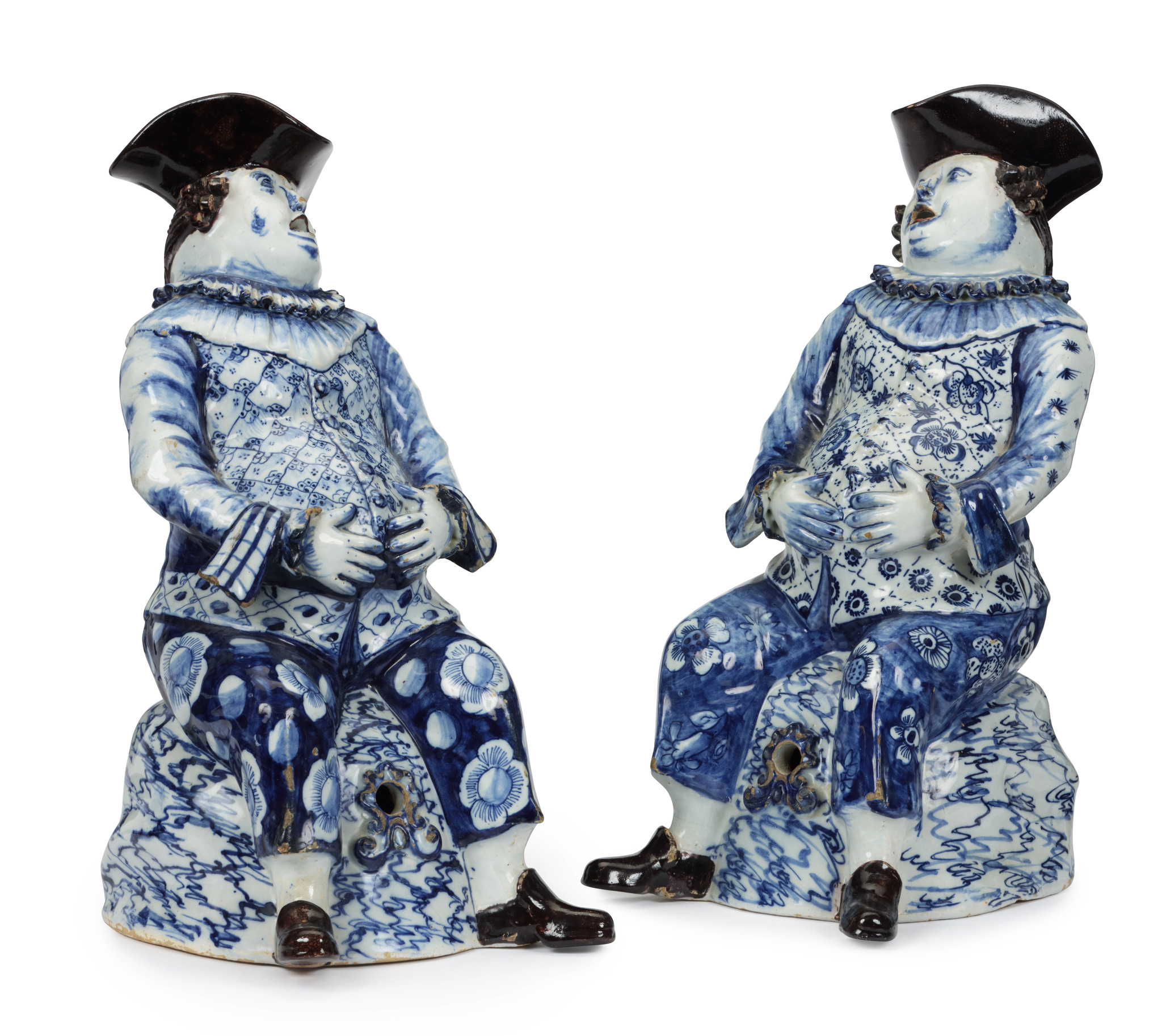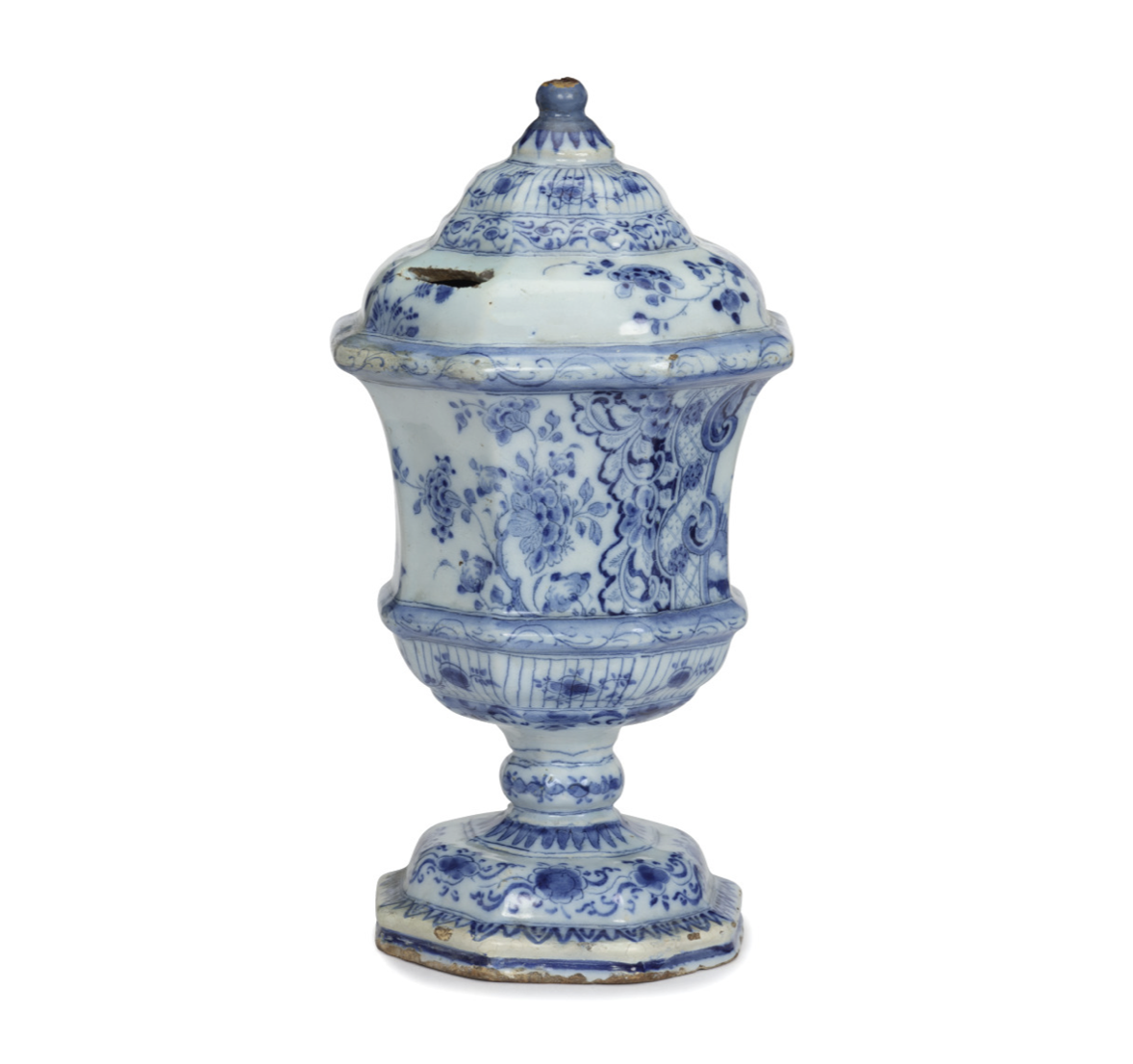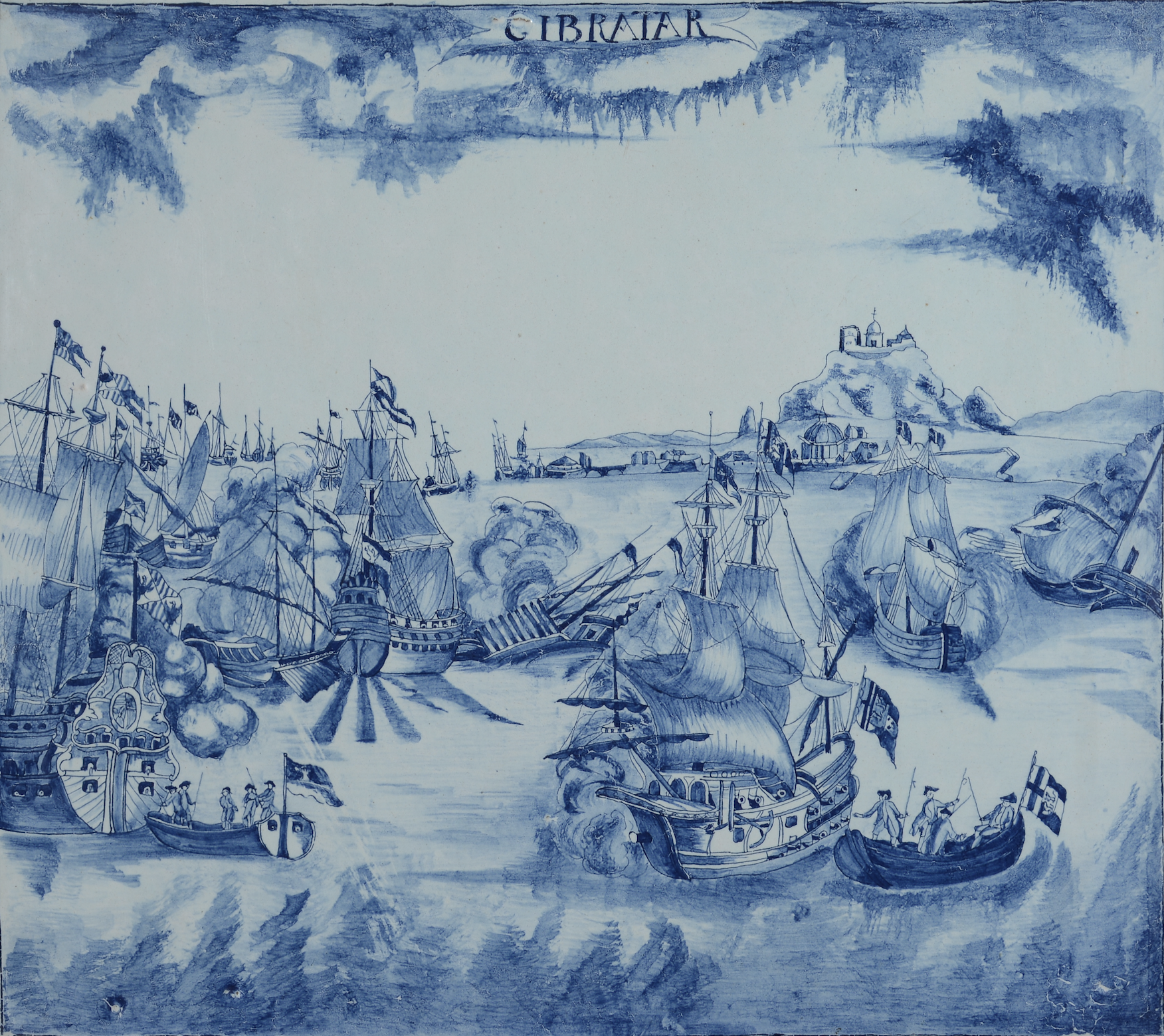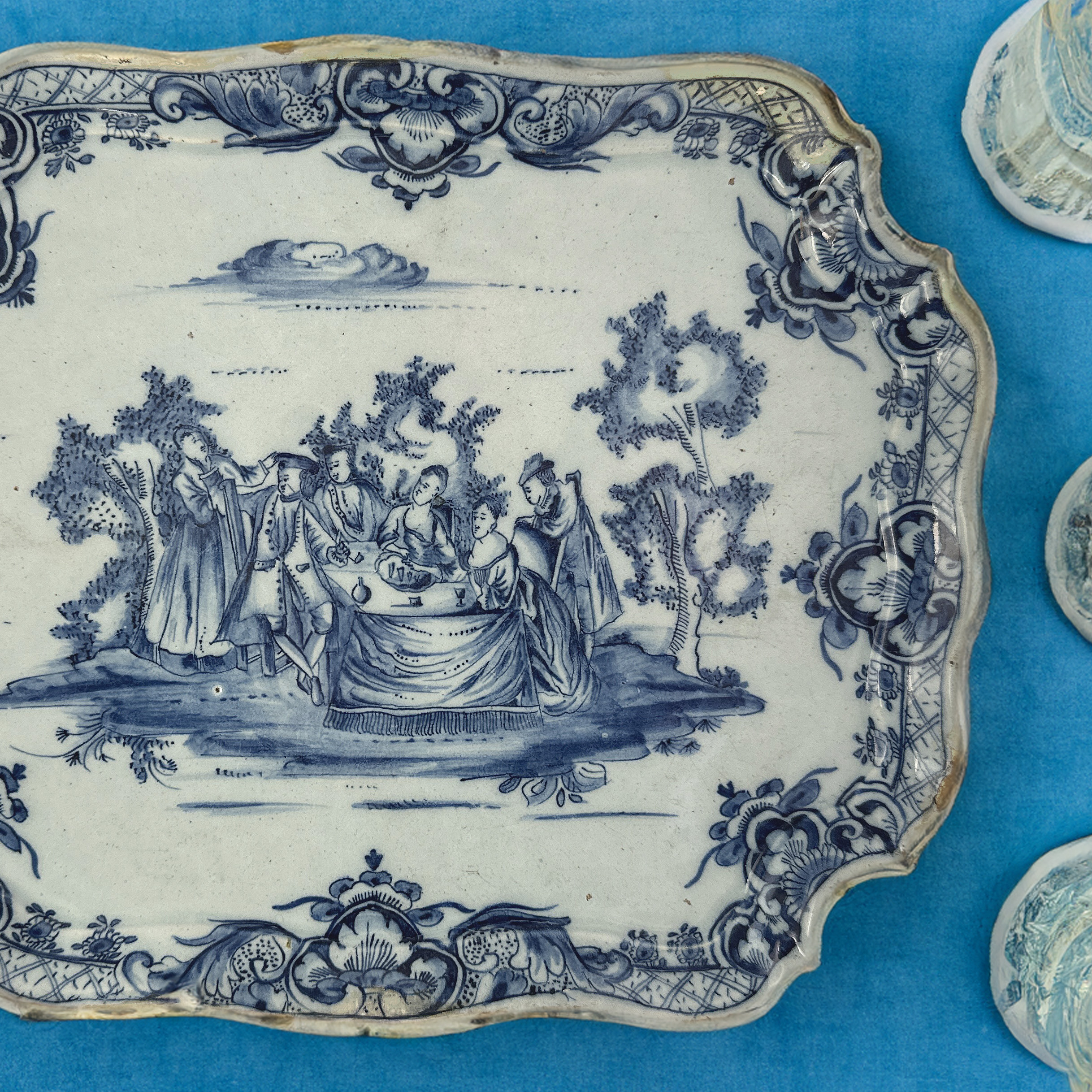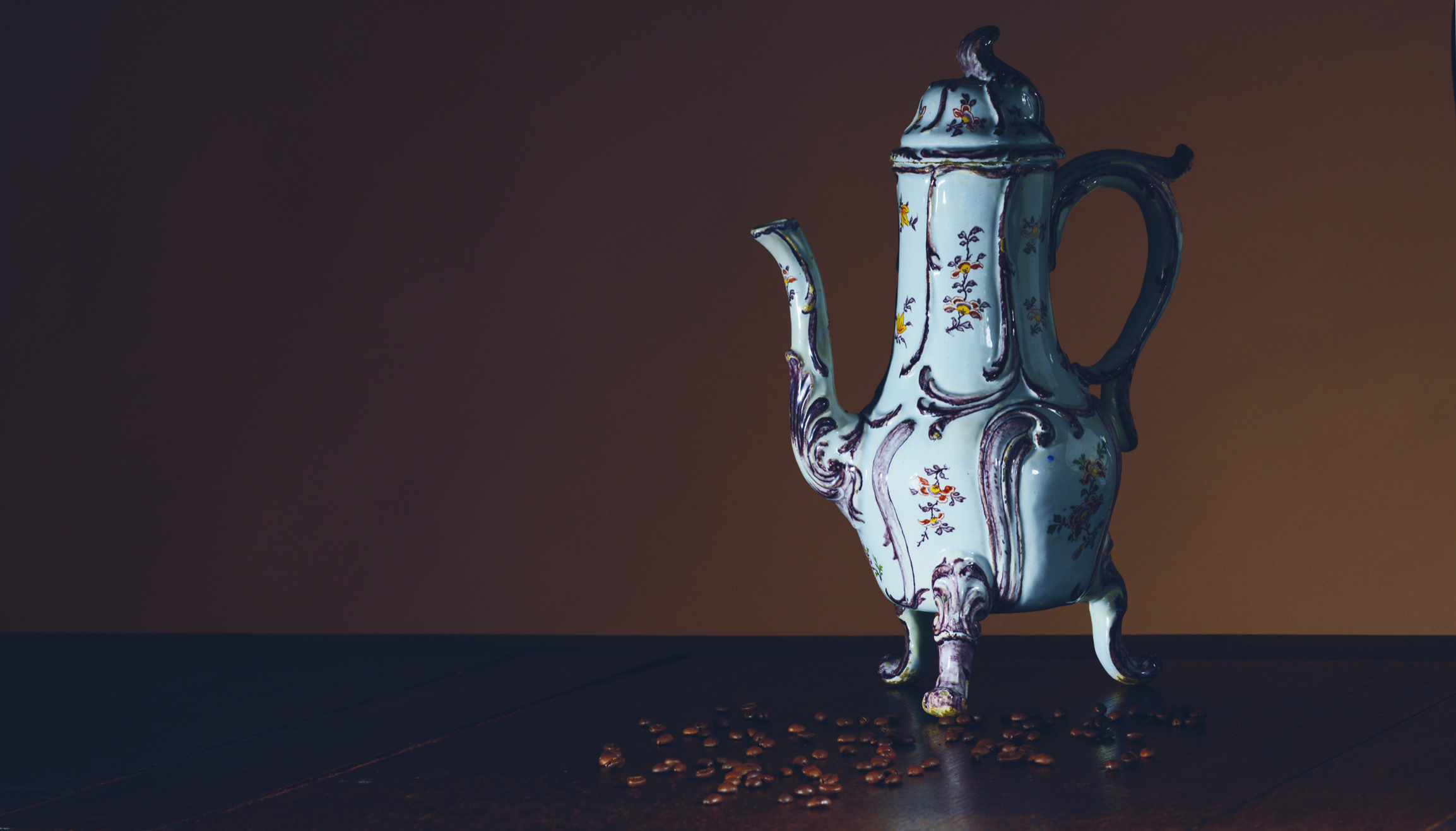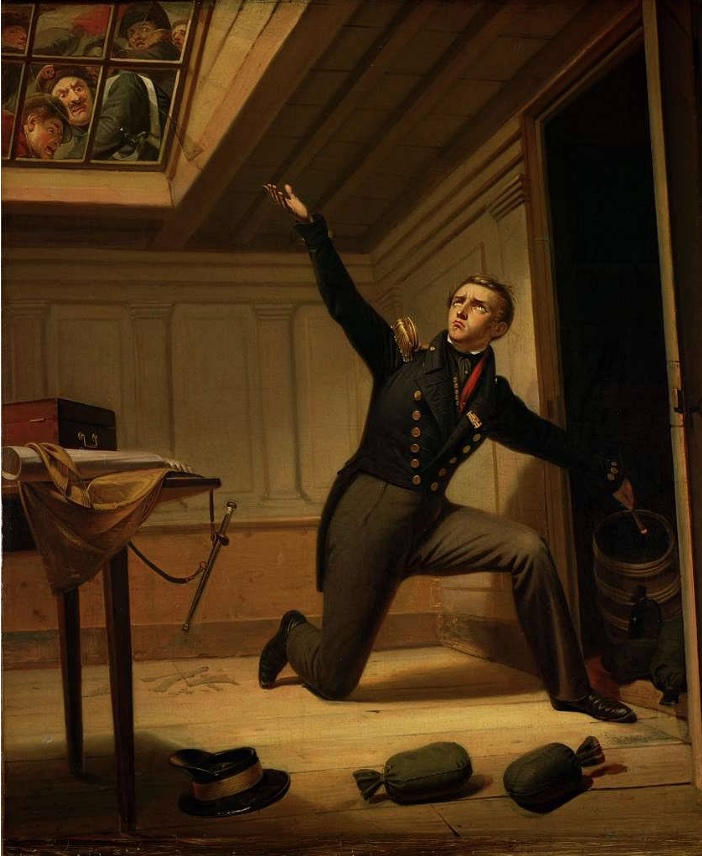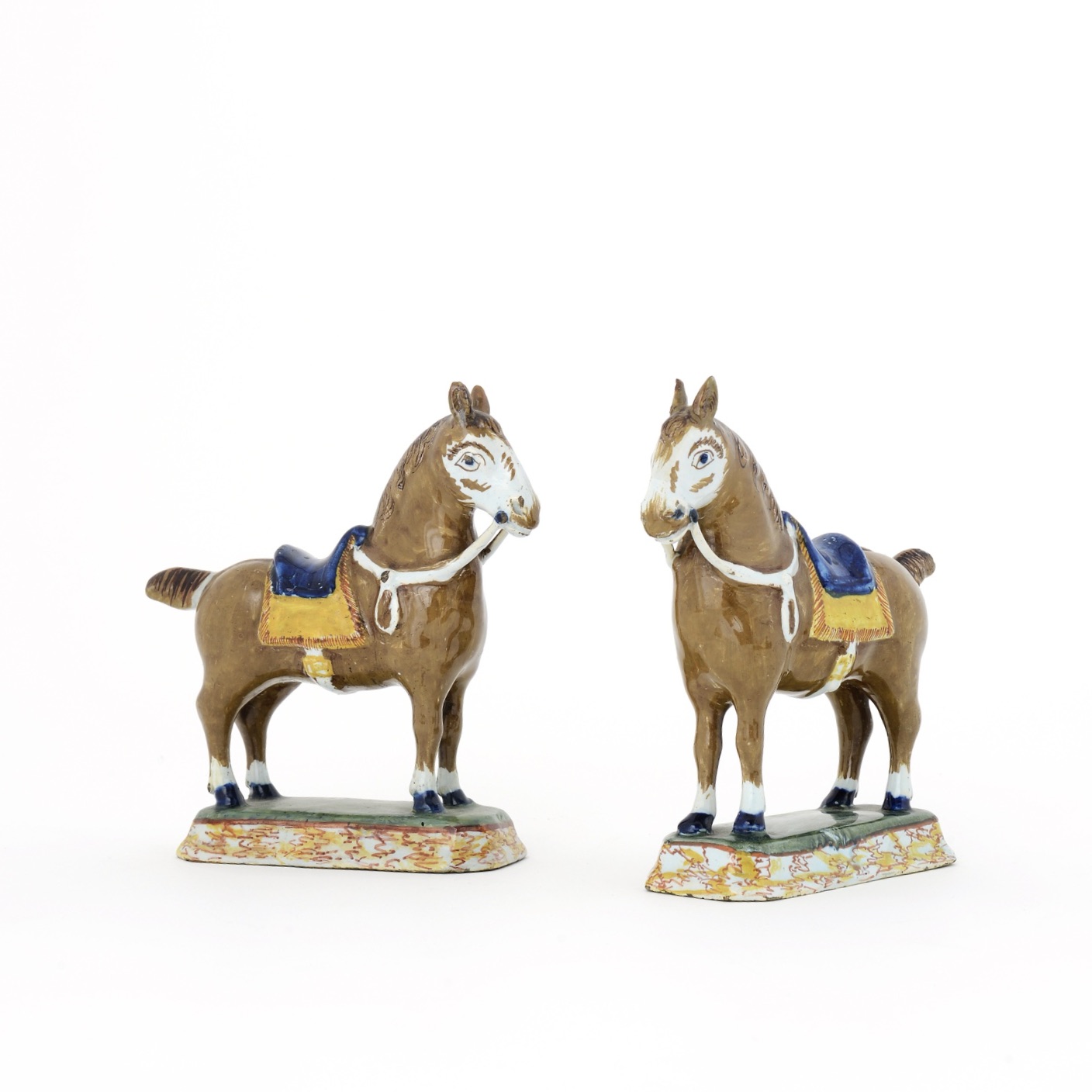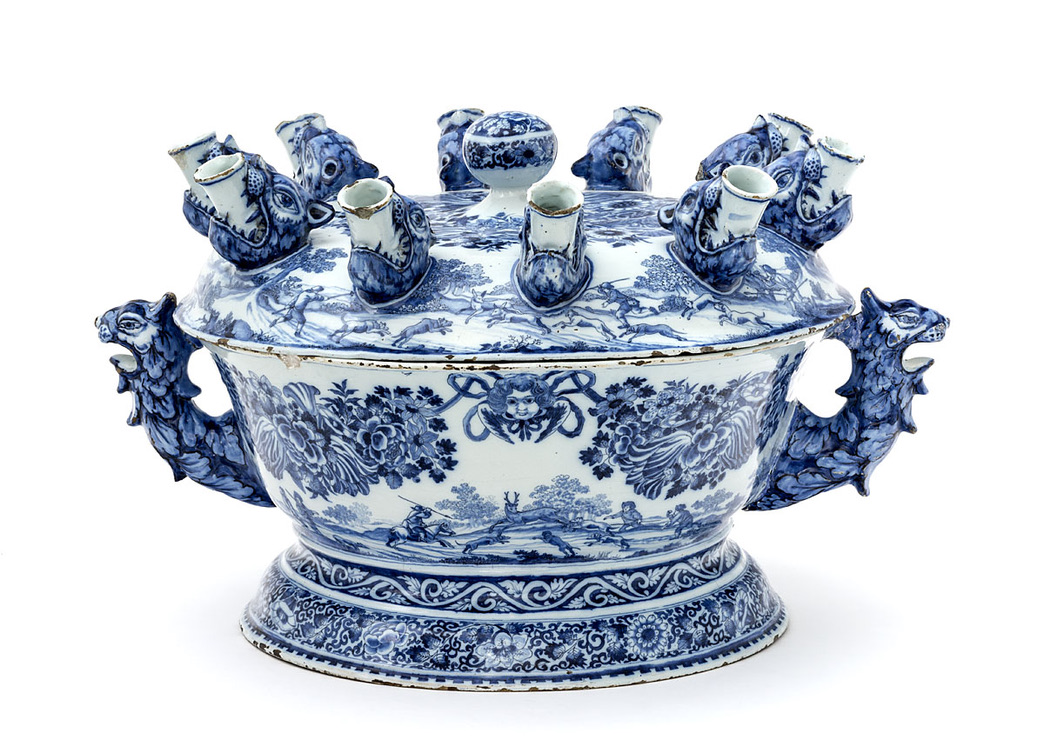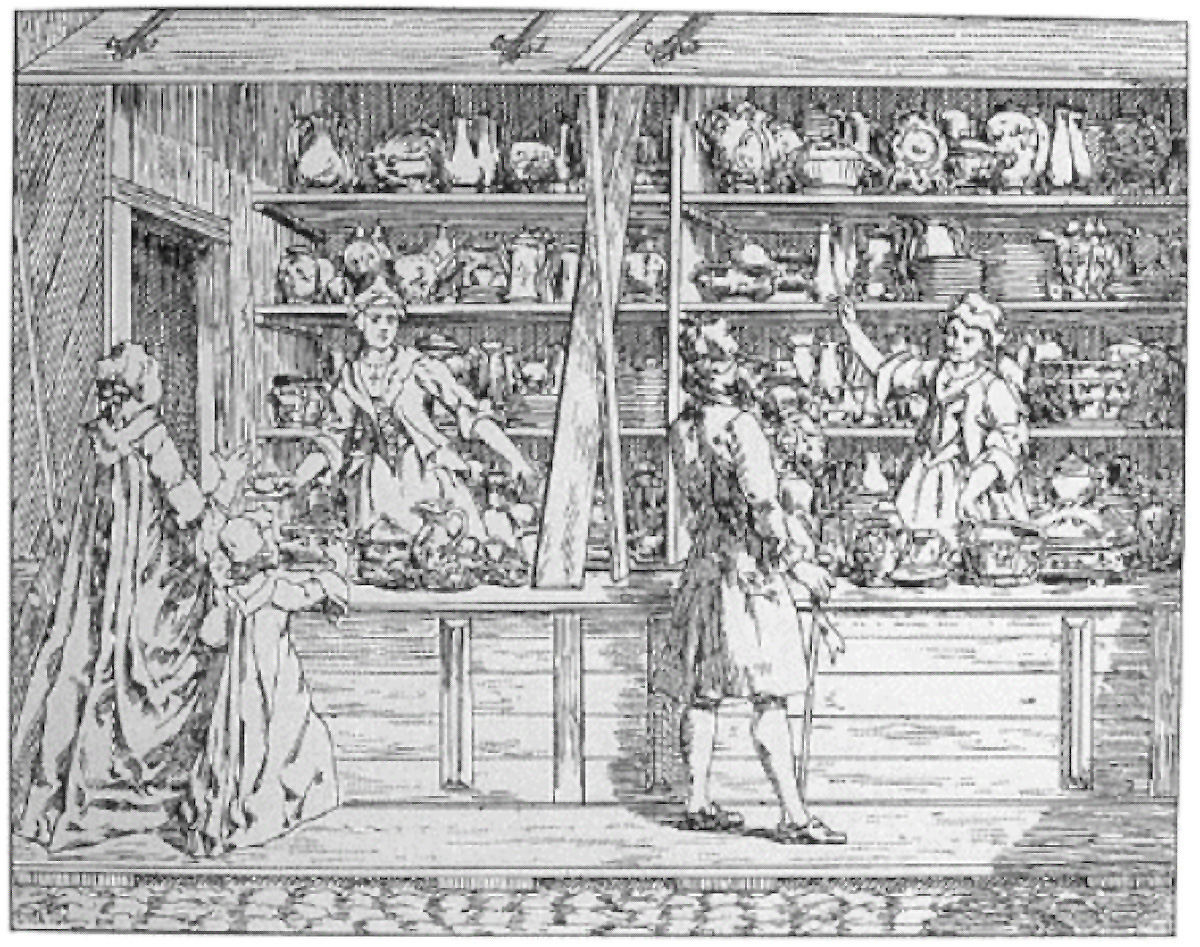Drinking in Delft: Delft Drinking Vessels as Social Status Symbols
The Dutch drinking culture has a special relationship with Delftware. In this article, we explore how the pottery industry in Delft, influenced by these drinking traditions, has contributed to shaping the national identity. The Netherlands has few freshwater streams, and for centuries, it was not safe to drink water unless it was boiled…

